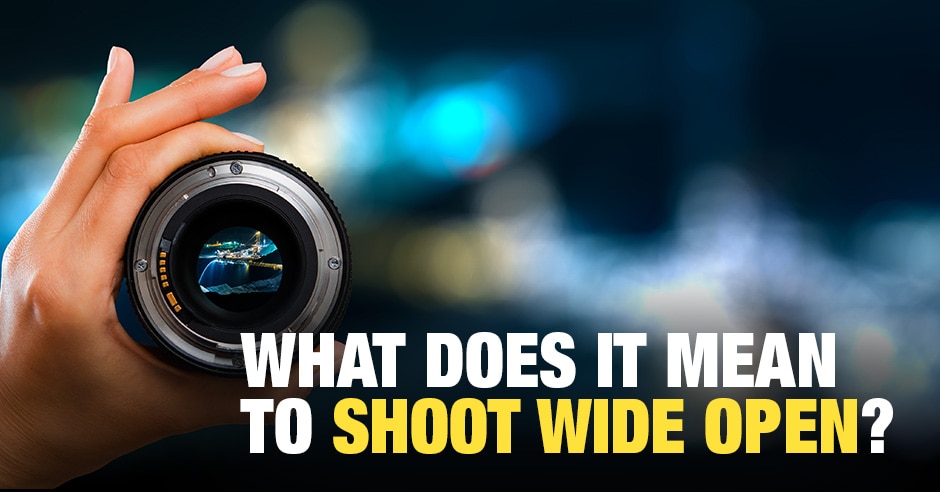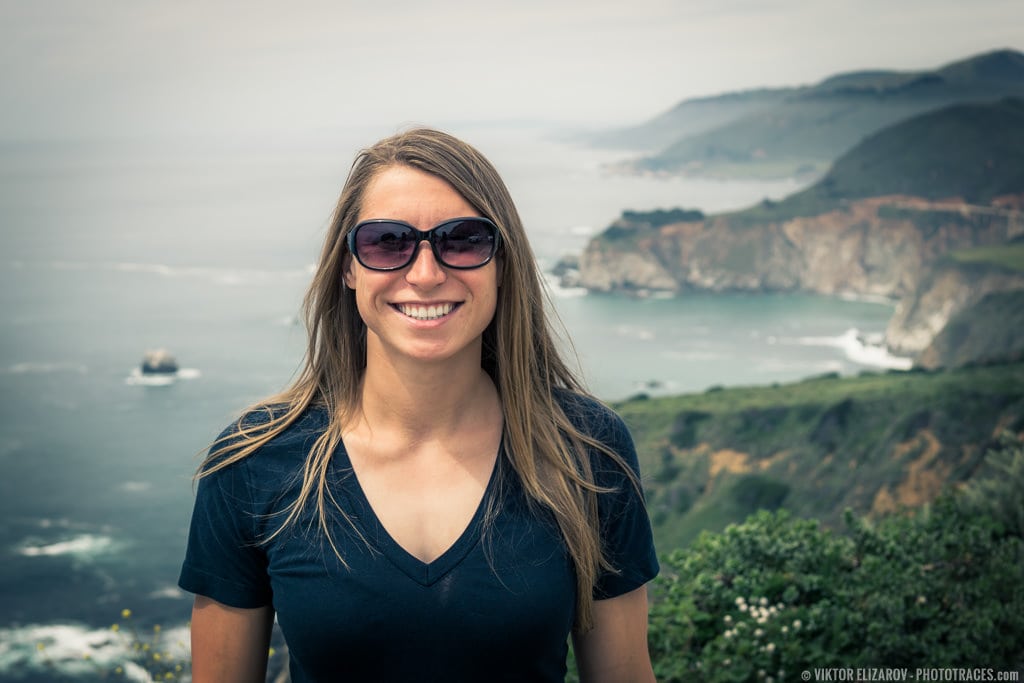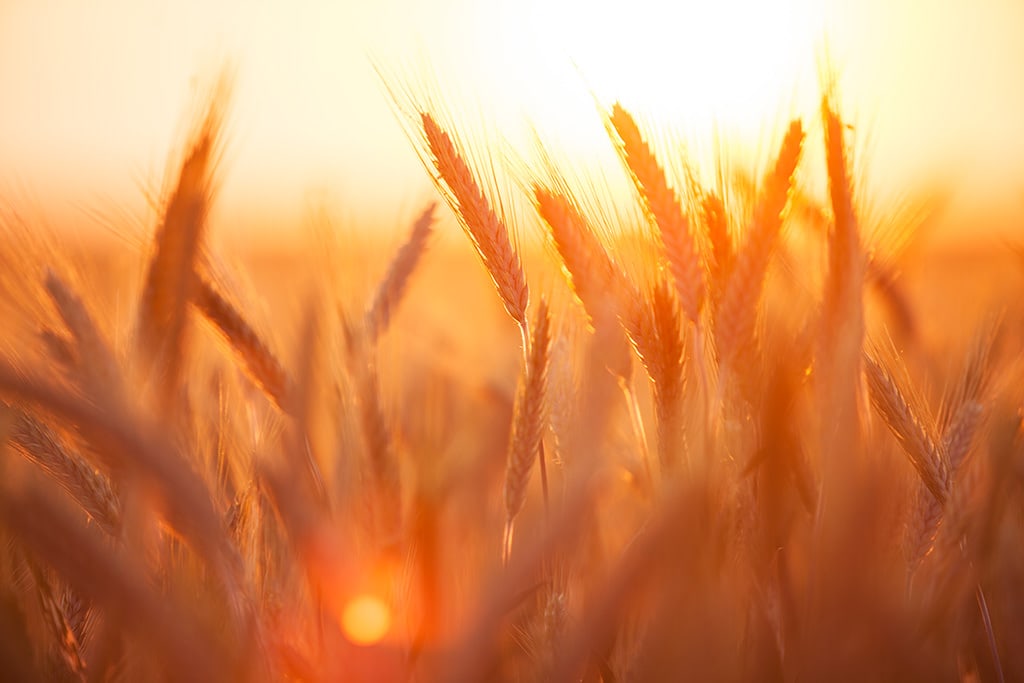If you’re interested in photography, then you’ve probably come across articles that talk about “shooting wide open.”
But what does it mean to shoot wide open? What does “wide open” actually refer to? And when should you even try shooting wide open?

In this article, I’m going to take you through everything you need to know about wide open photography.
And by the time you’ve finished, you’ll know when and how to shoot wide open (for the best possible results).
Let’s get started.
What Does It Mean to Shoot Wide Open?
First things first:
What is wide open shooting?
It all has to do with something called aperture, which refers to a diaphragm inside your camera’s lens.
Basically, as you adjust the aperture setting on your camera, your lens’s aperture diaphragm gets narrower or wider.

And when the aperture gets as wide as it can possibly get, we say that it’s wide open.
In other words:
To shoot wide open, you dial in your lens’s widest possible aperture.
And the diaphragm will open up all the way in order to achieve a wide open shot.
Now, why does aperture actually matter? And what does shooting wide open actually do for your photos?
Well, aperture controls two basic functions.
Aperture and Exposure
First, it determines exposure–that is, the overall brightness of a scene.
By widening the aperture, you’ll get a brighter shot (all else being equal).
And by narrowing the aperture, you’ll get a darker shot (all else being equal).
Aperture and Depth of Field (DoF)
Aperture also controls something called depth of field, which refers to sharpness throughout the scene.
A photo with a deep depth of field is sharp throughout, from foreground to background.
A photo with a shallow depth of field is only sharp in a very small portion of the scene.
Note that the wider the aperture, the shallower the depth of field. So by shooting wide open, you’ll achieve a shallow depth of field effect.
To recap, shooting wide open involves:
– widening your aperture as far as it can go
– wide open aperture brightens your images
– shooting wide open creates a shallower depth of field effect
Make sense?
When to Shoot Wide Open
You’re probably wondering:
Is it a good idea to shoot wide open? Will it give me good results?
And the truth is that it depends. Shooting wide open can result in beautiful images, but it also comes with some serious drawbacks (which I’ll discuss in a later section).
For now, let’s focus on the times when you’ll want to shoot wide open, starting with:
Shooting Wide Open: Portraits
In portrait photography, the goal is generally to make your subject stand out against the background.

And by shooting wide open, you ensure that your subject is sharp while the background is blurry, which further emphasizes the subject while causing the background to recede.
That’s why wide open shooting is so common among portrait photographers; it allows them to emphasize the subject for stunning results.
How to Shoot Wide Open in Sunlight
As I explained above, the wider your aperture, the brighter your shot.
Now, under most conditions, you can actually compensate for an overly-bright exposure by increasing your shutter speed.
(A faster shutter speed lets in less light to produce a darker photo.)
But when shooting under bright sunlight, you’ll struggle to widen your aperture, because even with the fastest-possible shutter speed, you’ll still get overexposed images.
So what do you do?
You use neutral density filters, which are designed to block light without compromising the overall image quality.

Just pop an ND filter onto the front of your lens, and you’ll be able to widen your aperture as much as you desire (assuming your ND filter is strong enough).
Shooting Wide Open: Landscapes
In landscape photography, shooting wide open is less common than shooting stopped down (i.e., shooting with a narrow aperture).
See also: Photography Basics for Beginners
But there are times you might want to shoot landscapes wide open.
Astrophotography
First of all, when photographing stars at night, shooting wide open gives you the opportunity to get a shorter exposure, which will prevent the stars from blurring.

Blurred Background
Second, you can shoot wide open to blur the background of a landscape and create visual separation between your subject and the area behind it.

Controlling Shutter Speed
Third, when you’re shooting handheld, you’ll need a fast-enough shutter speed to prevent camera shake.
So, if the light is low, you’ll want to widen your aperture until you achieve a decent shutter speed.
Maximizing DoF
Fourth, as your lens focuses on areas farther and farther in the distance, even a wide aperture will allow you to achieve a large depth of field. So you can safely shoot distant subjects wide open.
Benefits of Shooting Wide Open
As I mentioned above, shooting wide open allows you to create a pleasing separation between your subject and background–which helps the subject stand out and often results in a more impactful photo.

Shooting wide open also helps you achieve a faster shutter speed, thus avoiding camera shake and subject blur. So if you’re shooting handheld, shooting wide open often makes sense, especially if the light is low.
Shortcomings of Shooting Wide Open
While wide open photography often gives great results, it does come with some drawbacks.
Loss of Optical Quality
Lenses tend to be softer when shooting wide open, which means that you’ll often lose a bit of sharpness when widening your aperture all the way.
Vignetting Effect
Lenses often produce vignettes (i.e., a slight darkening at the edges of the frame) when wide open. Fortunately, this is easy to fix in post-processing, so it’s generally not a serious problem, as long as you’re willing to spend a few extra seconds behind the computer.
Shallow Depth of Field
Shooting wide open gives you a very shallow depth of field effect. For some types of photography, this is a great look–but if you’re trying to keep the entire photo tack sharp, then a shallow depth of field is precisely what you don’t want.
Need for Extra Equipment (ND Filters)
The wider your aperture, the brighter the resulting shot. You can counteract this by raising the shutter speed, but in broad daylight, this often isn’t possible. So you’ll have to carry neutral density filters with you into the field, which can be annoying, as well as expensive.
Conclusion
Shooting wide open is a great technique to have in your photography arsenal, because it gives interesting effects while also helping avoid blur.
So go ahead and do some wide open photography. You’re bound to get some powerful results!

